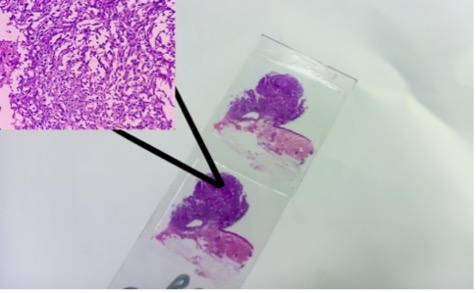Iris Whole Slide Imaging -- Rapid Tile Buffering
TECHNOLOGY NUMBER: 2022-199
Tags:

OVERVIEW
Rapid tile buffering technology for efficient whole slide imaging
- Reduces latency, enhances image quality, and increases program efficiency
- May be used for digital pathology, medical diagnostics, biomedical research
BACKGROUND
Whole slide imaging (WSI) is revolutionizing pathology by allowing entire histology slides to be scanned and viewed digitally. This advancement permits remote consultations, easier storage, and more efficient analysis. Traditional systems, however, often grapple with high latency and inefficient data handling, leading to delays in image rendering and reduced image quality. Current methods typically rely on guesswork algorithms for disk read operations, which can be inaccurate and slow. As the demand for WSI grows, particularly in medical diagnostics and biomedical research, there is a pressing need for technologies that can provide higher quality images more efficiently and with minimal latency, thus improving the overall user experience and diagnostic precision.
INNOVATION
Researchers have created a rapid tile buffering technology that is a core component of the Iris whole slide imaging platform, capable of implementing a multithreaded image data transfer process. This method coordinates dynamically between a buffer-render thread and a user-feedback thread, redefining the amount of image data needed for rendering through numerous small buffering processes. This approach makes each upload process short, allowing the entire process to appear seamlessly interruptible. The technology significantly reduces latency and offers benefits such as higher quality image buffering, more accurate image scaling (mip-map generation), real-time data retrieval from disk, and overall greater program efficiency. Potential real-world applications include digital pathology, medical diagnostics, and biomedical research, providing a more rapid and effective way to analyze and interpret histological images.